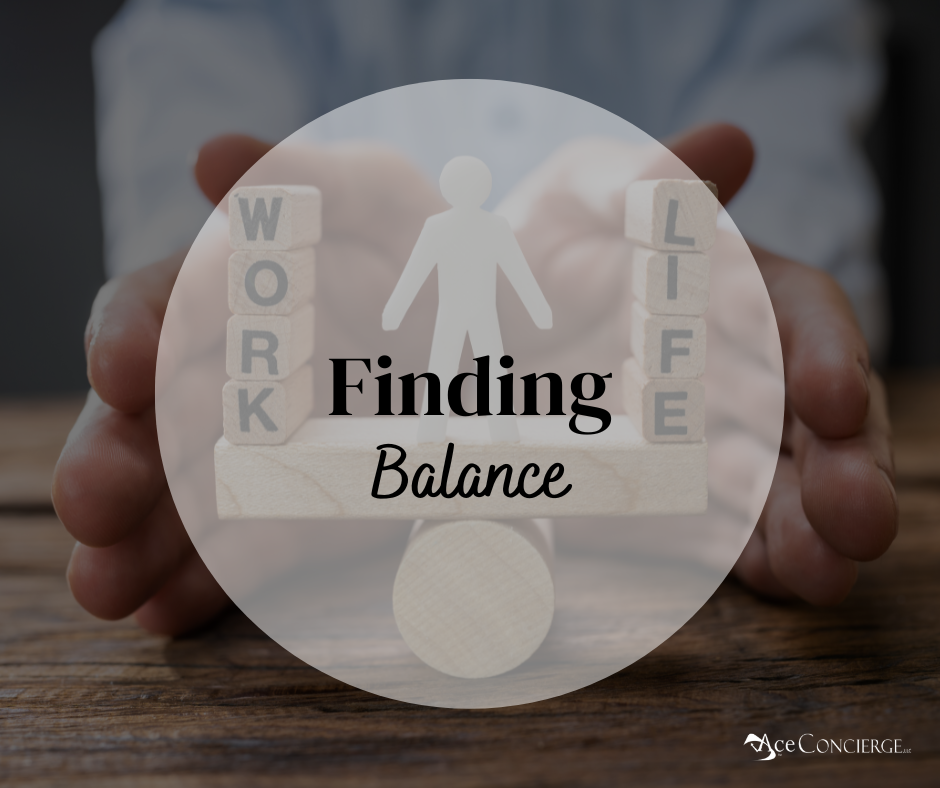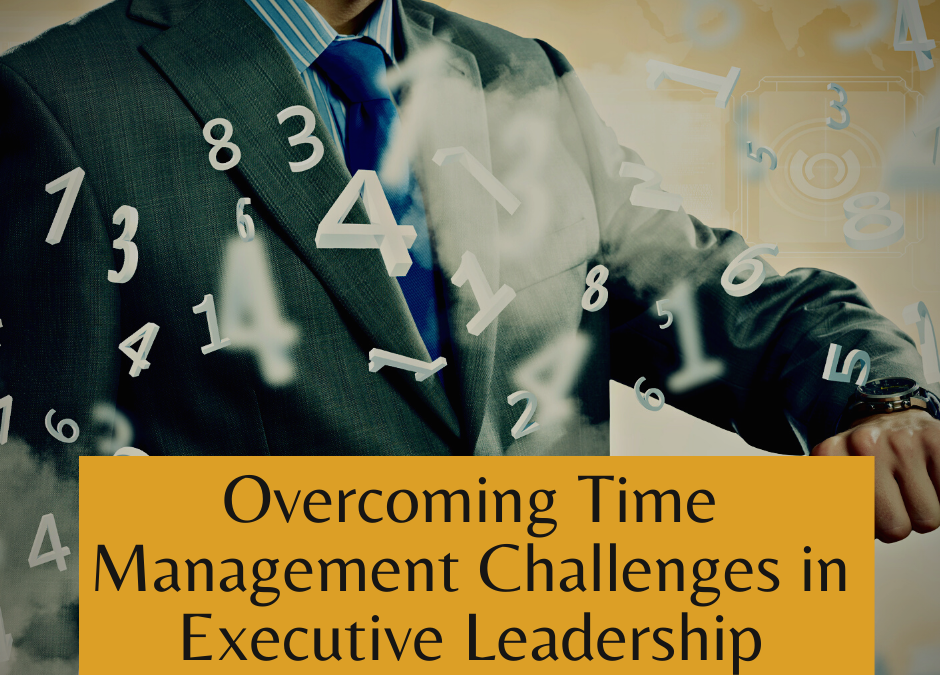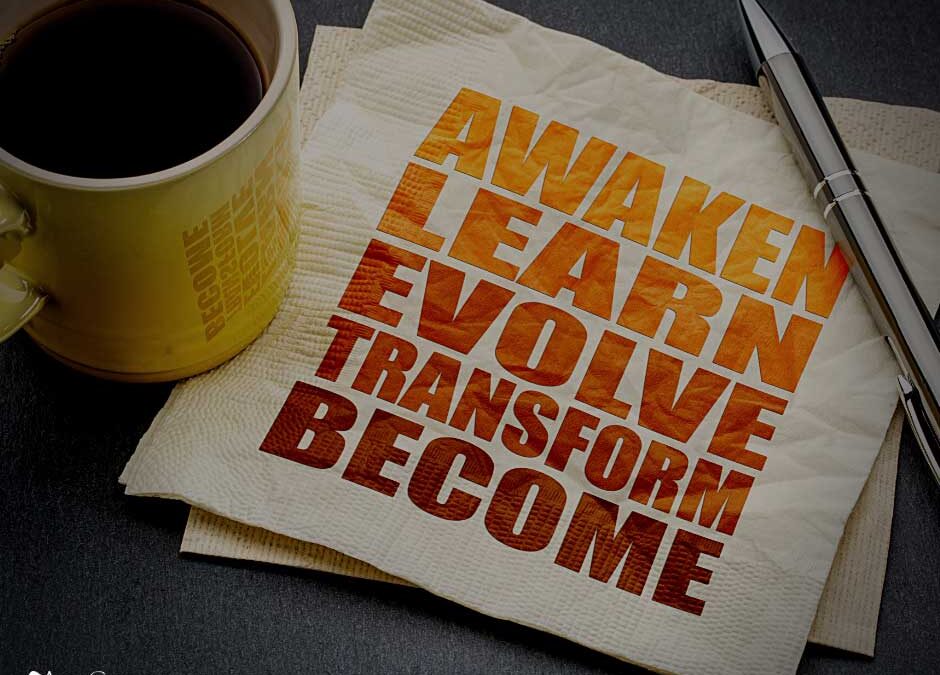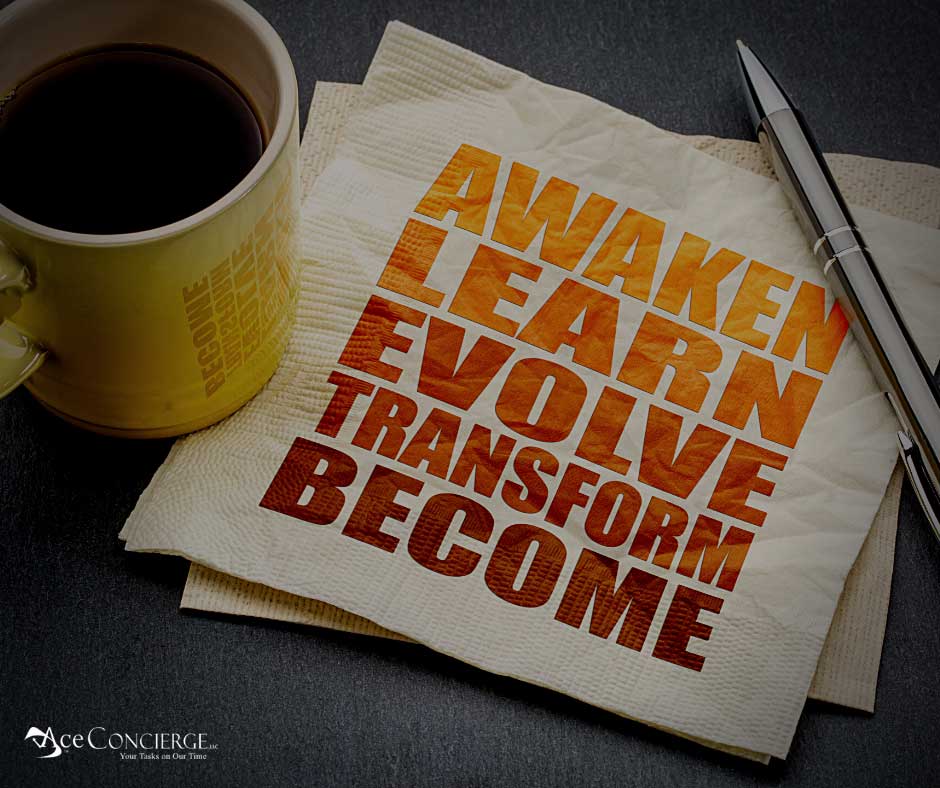
by Ace Concierge | Virtual Assistant | Jan 17, 2024 | Leadership, Productivity

Behold the secret sauce of thriving organizations: employees who are more than just content – they’re happy, productive, and unstoppable!
What’s their source of superpowers? Motivation. But what’s the secret formula: intrinsic or extrinsic?
We’re about to get to the bottom of it and dish out some tactical tips to inspire your team.

Intrinsic Motivation:
Imagine motivation that comes from within, a personal drive fueled by passion and pure delight. External factors do not sway this kind of motivation – it’s sustainable, resulting in job satisfaction, engagement, and commitment. The sweet reward? Productivity skyrockets and creativity flows like a river. To nurture intrinsic motivation, try these tricks:
Create Growth Opportunities:
Offer opportunities for personal and professional development. When employees feel they’re learning and growing, motivation follows. Training, mentoring, and career development programs can be powerful drivers for growth.
Empower Autonomy:
Let your team take ownership of their work and make decisions independently. Autonomy breeds responsibility and engagement. Encourage your team to take initiative and make decisions with confidence.
Assign Meaningful Work:
Connect tasks to a sense of purpose and meaning. Ensure your team knows how their work contributes to the company’s overarching goals.
Extrinsic Motivation:
On the flip side, there’s external motivation driven by rewards, recognition, and the fear of consequences. Tangible rewards like money and acknowledgment can be incredibly effective. But be warned, there are potential drawbacks like short-term focus and diminishing motivation over time. To cultivate extrinsic motivation, consider these tactics:
Rewards and Recognition:
Promotions, bonuses, and other incentives can fuel effort and goal attainment. Recognition programs are equally effective in lifting morale and motivating employees.
Establish Clear Expectations:
Make sure your team understands what’s required for rewards or to avoid unfavorable outcomes. Ensure your expectations and guidelines are clear and concise.
Offer Constructive Feedback:
Regular feedback helps employees gauge their performance and areas for improvement. Ensure your feedback is specific, encouraging growth, and timely.

So, which is better? The ultimate recipe for success is a balance of intrinsic and extrinsic motivation. Each approach has its unique benefits, and it’s up to you to determine which works best for your team.
Remember, a happy workforce is the heartbeat of a successful organization. Whether it’s inner fire or external rewards, it’s vital to cultivate and sustain a motivational culture that fuels productivity and passion.
A well-motivated team is a winning team!

by Ace Concierge | Virtual Assistant | Jan 10, 2024 | Business Transformation, Business Values, Work Life Balance

CEOs, often regarded as the superheroes of the business world, must keep their kryptonite in check to achieve work-life balance. The demands of the job have blurred the lines between work and personal life, leaving CEOs to feel like they are on call 24/7.
Despite the superhuman expectations, they are only human, and finding that sweet spot between work and personal life can be as tricky as navigating a minefield. The modern world’s constant barrage of emails, phone calls, and urgent matters can make it feel like the workday never ends, ultimately leading to burnout and stress, taking a toll on CEOs’ well-being.
The Work-Life Balance Myth:
The concept of work-life balance can often feel like an unattainable dream. The boundaries between work and home are blurred because of technology, leading to immense pressure for CEOs to be available round-the-clock. The instant accessibility makes it challenging for CEOs to disconnect from their work responsibilities.
The 24/7 Nature of Leadership:
CEOs are entrusted with the overall success and growth of their organizations. This responsibility comes with a 24/7 commitment, as crises can occur at any time, and critical decisions may need to be taken outside regular working hours. The demanding nature of the role often leaves CEOs with limited opportunities to switch off and enjoy personal time, impacting their overall well-being.
Strategic Planning vs. Personal Time:
CEOs must develop and implement long-term strategies to ensure the sustainability and success of their companies. This requires significant time and dedication, often cutting into personal or family time. Balancing the need for strategic planning with personal commitments becomes a delicate dance that many CEOs find challenging to master.
Family and Social Sacrifices:
One of the most significant sacrifices CEOs make in their pursuit of professional success is often felt in their personal lives. Long working hours, frequent travel, and the constant pressure to perform at a high level can strain relationships with family and friends. Important life events may be missed, and the emotional toll of such sacrifices can lead to feelings of isolation and loneliness.
The Weight of Decision-Making:
CEOs are faced with a multitude of decisions daily, each carrying its own set of consequences. The weight of these decisions can be emotionally draining, impacting the mental well-being of CEOs. The constant need to make tough choices and navigate through uncertainties takes a toll, making it crucial for CEOs to find effective ways to recharge and decompress.
The Role of Self-Care:
CEOs must recognize the paramount importance of self-care in their pursuit of work-life balance. While the demands of the role undeniably intensify, neglecting personal well-being can have severe repercussions. Engaging in regular exercise, ensuring adequate sleep, and practicing moments of mindfulness provide CEOs with the necessary resilience to navigate daily challenges.
Implementing Boundaries:
Establishing clear boundaries between work and personal life is essential for CEOs. Setting specific timeframes for work-related activities and creating dedicated periods for personal commitments help to maintain a healthier balance. Communicating these boundaries to colleagues, subordinates, and even family members is crucial for ensuring everyone is on the same page and respects the CEO’s need for personal time.
Delegating and Empowering:
CEOs often believe they must handle everything themselves. Delegating tasks and empowering capable team members is not a sign of weakness but a strategic move to ensure the sustainable growth of the organization and the well-being of the CEO. Trusting the team to handle certain responsibilities allows the CEO to focus on high-impact tasks and find pockets of time for personal pursuits.
Juggling work and life can feel like a circus act for CEOs. While there’s no magic formula, prioritizing self-care, implementing effective time management strategies, and finding that personal sweet spot can lead to a healthier and more fulfilling CEO journey.

by Ace Concierge | Virtual Assistant | Jan 3, 2024 | Delegation, Executive Assistant, Virtual Assistant

For executives, efficient time management is critical in achieving professional success, given the broad spectrum of responsibilities and limited time. From overseeing projects to attending meetings and responding to emails, executives face an extensive list of tasks that can be overwhelming. This post delves into the most pressing time management challenges faced by executives and presents a promising solution – the engagement of an executive virtual assistant (EVA).
The Overwhelming To-Do List: Prioritize and Conquer
Executives find themselves at the epicenter of ceaseless responsibilities, from steering high-priority initiatives to navigating everyday administrative tasks. The challenge lies not only in the volume of tasks but also in the critical decisions about time allocation, each carrying profound implications for the organization. Balancing this dense to-do list becomes a constant juggling act, demanding intentional thinking and a keen awareness of priorities.
Meetings Galore: Navigating the Time-Consuming Terrain
Meetings, a cornerstone of effective communication and collaboration, also emerge as a formidable time-consuming aspect of an executive’s routine. The necessity of attending internal team meetings, client presentations, and board meetings creates a complex landscape to navigate. While these interactions are essential, they can easily become a double-edged sword, consuming a significant chunk of an executive’s schedule. The challenge is not merely attending these meetings but doing so in a way that allows for sufficient time and focus on the tasks that truly matter – those that contribute to the organization’s strategic goals and long-term success.
Email Overload: Taming the Inbox Avalanche
Executives also face an unrelenting deluge of emails, each demanding attention and action. Managing this constant influx of information becomes a substantial time-draining challenge. Their inbox transforms into a battlefield where the war against email overload is fought daily. The struggle is not only to respond promptly but also to sift through the sea of messages, ensuring that crucial correspondence doesn’t get lost in the shuffle. Effectively managing emails is not just a matter of productivity but a fundamental aspect of maintaining a well-organized and responsive leadership style.
The Project Juggle: Orchestrating Success Amid Complexity
Executives shoulder the responsibility of overseeing ongoing projects while simultaneously initiating and planning new ones. This complex dance of project management demands careful planning and execution. Balancing multiple projects requires more than time management; it necessitates a tactical approach to resource allocation, risk mitigation, and team coordination. The consequences of failure in project management are severe – missed deadlines, cost overruns, and a potential negative impact on the organization’s overall success. Effectively managing these projects requires a delicate balance between leadership vision and hands-on execution.
In conclusion, executives face innumerable challenges in managing their time effectively. Whether it’s the overwhelming to-do list, the time-consuming nature of meetings, the constant battle against email overload, or the elements of project management, the demands are relentless. Navigating these challenges requires a combination of strategic thinking, delegation, and, increasingly, the adoption of new solutions to enhance efficiency. As executives strive to excel in their roles, finding the right balance becomes not just a personal challenge but a critical factor in shaping the success of the organizations they lead.
The Solution: The Executive Virtual Assistant
A game-changing, transformative option that more and more executives are using to deal with the excessive demands of their jobs is partnering with an executive virtual assistant (EVA). An inventive approach to time management is necessary as they confront the daunting obstacles presented by an endless to-do list, many meetings, email overload, and intricate project management.
The EVA is a skilled ally, ready to alleviate the burdens of routine administrative tasks. Delegating to a virtual assistant empowers executives to reclaim their valuable time. This shift not only optimizes the use of their unique skill set but also enhances overall productivity, allowing executives to focus on critical aspects that contribute significantly to the success of their roles and the organization.
Benefits:
Task Prioritization:
An executive virtual assistant excels in the art of task prioritization. By understanding the intricacies of an executive’s responsibilities, they efficiently organize and categorize tasks, ensuring that the most critical ones are given the attention they deserve. This ensures that executives can focus their energy on what matters most for the success of the organization.
Efficient Schedule Management:
The virtual assistant becomes a master conductor in the symphony of schedules. From coordinating meetings to managing appointments, the EVA navigates the densities of an executive’s calendar, optimizing time utilization. This not only prevents scheduling conflicts but also allows for the seamless integration of purposeful activities into the daily agenda.
Streamlining Administrative Duties:
Routine administrative duties, often a source of time drainage, are handled efficiently and precisely by the virtual assistant. From filtering and responding to emails to managing routine paperwork, an EVA ensures that the day-to-day operations of an executive’s office run smoothly. This streamlined approach allows executives to maintain focus on critical decision-making and leadership responsibilities.
Leveraging Efficiency for Success
Proficient time management is a vital element in the success of executives who face multifaceted responsibilities. In this context, the incorporation of the executive virtual assistant represents a significant breakthrough in addressing this challenge. By partnering with an EVA, executives can enhance their productivity and proactively lead their organizations to success in an increasingly competitive business landscape. The executive virtual assistant is not merely a tool, but a catalyst for transforming time management challenges into opportunities for growth and excellence.

by Ace Concierge | Virtual Assistant | Feb 15, 2023 | Business Transformation, Executive Assistant, Productivity, Technology, Virtual Assistant

by Ace Concierge | Virtual Assistant | Aug 9, 2022 | Business Values, Customer Service, Leadership

If you’re a business owner, you probably wonder if you should focus solely on being transactional or transformational. It’s important to recognize the difference between the two.
Transactional in business is all about what you are asking for. You sell a product or service, without deepening the relationship too much. But as a business owner, you wish to build a long-term relationship that comes from transformation. You want to use your product/service to change someone, enrich their lives, or teach them something they didn’t know before.
Business owners often focus on ‘transactional’ to-do’s because they feel more productive, but ‘transformational’ moves will help you in the long run
Most businesses focus on getting more customers & clients. The people who rise above these transactional relationships and transform them into something more meaningful are the companies who will thrive. They are the ones who will have a family of customers, clients, and friends that they do business with over time.
Transformational vs transactional: what’s the difference?
In short, a transit transaction is characterized by an exchange of value for value. In contrast, transformative transactions are characterized by an exchange of value for some sort of non-market good. Transformative transactions may be characterized by psychological relationships between seller and buyer that are more durable and trusting than those typified by transactions. Or transformative transactions may be characterized as providing some sort of benefit to one party that is not directly related to the market value of the good or service involved in the transaction but is valued nonetheless.
Transactional activities are those that help us check off our lists and feel productive (e.g., responding to emails), while transformational actions/behaviors are ones that increase productivity over time (e.g., building relationships). Consider this example, when trying to build muscle and increase fitness levels, it is not enough to lift heavier or run longer. Your body is a system and requires proper lifting technique, a solid program, sleep, mind/muscle connection, balanced hormones, micro/macronutrients and recovery. These essential components, along with so many other physiological elements is the nitty gritty groundwork for performance, endurance, strength, and hypertrophy. When a goal-oriented athlete does not consider the myriad of foundational building blocks, their success will not only be limited, but their body could actually enter a catabolic state.
7 strategies to support your long game
- Draft a list of what you want to accomplish through change and transformation
- Set aside time for an honest, deep dive into your organization, removing emotion and ego, how is the health of your business? Your staff? Revenue? Clients? All the things?
- Avoid burnout and overwhelm by focusing on one level of your business, i.e, operations, technology, human resources, business model, customer journey, etc
- Commit to solving problems at their core, the root cause, because a quick fix or bandage is just a transaction
- Focus on your future goals to help you create more meaningful strategic action steps
- Invest 100% in the process and mindset
- Gain staff buy-in through education and empowerment
If you maintain an emphasis on transactional business practices, you will find yourself dealing with clients who are less committed and not reaping the long-term benefits of solid relationships.
The goal of business success doesn’t mirror a travel itinerary, but instead, nurtures loyal client relationships, a strong corporate culture, and transforming the customer experience.
In the end, it’s really all about value. If you can prove to your customers (and all stakeholders) that you’re providing value, not just selling products and services, then you’ll be more successful than those who are simply trying to run their business in a transactional manner. Think about your own habits. Do you prefer businesses that treat you as a customer or as a valued member of their community?












